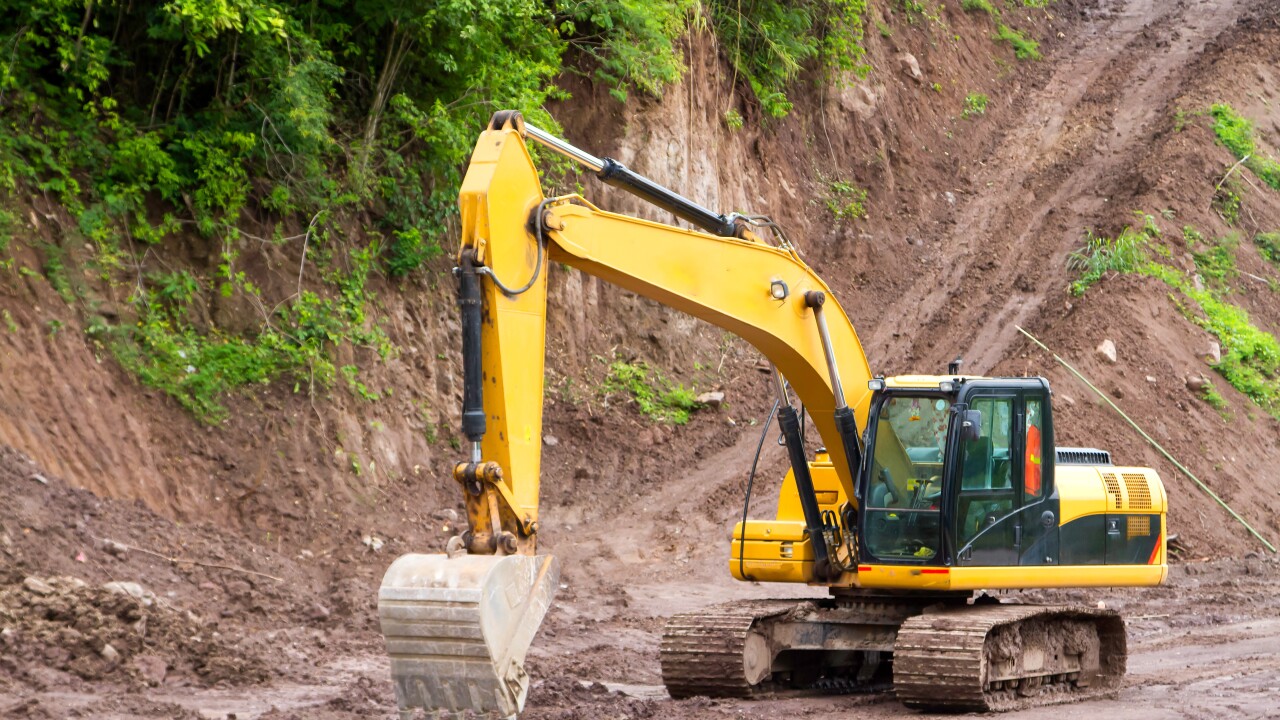Subprime auto ABS market participants do not see its outlook worsening significantly as a result of the pandemic, but most anticipate losses, according to a comparison of analyses of financial-market sentiment, one shortly before the pandemic.
The Credit Chronometer blog published by Davis & Gilbert LLP closed its second annual survey of subprime ABS market participants in March, before the COVID-19 economic shutdown began. When the shelter-in-place orders took effect, and dire economic consequences would clearly result, it reopened the survey in mid-March and closed it in mid-April. Results were released June 24 in conjunction with a webinar moderated by Joseph Cioffi, a partner at its New York City-headquartered law firm.
The pre-pandemic 2020 survey indicated some expectation of deteriorating loan performance, while the post-pandemic survey found “some participants are a bit more sanguine than one might have expected.” That less-negative-than-expected outlook appears to stem from market participants closer to the front line, who deal with borrowers.
The survey notes, consistent with 2019 and pre-COVID 2020 results, market participants generally believe the most reliable indicator of a subprime auto ABS deal’s success is its projected performance. Since the COVID-19 crisis, credit ratings are seen as a less important factor in a transaction’s success. The report suggests that dynamic may stem from market participants relying more on their own review of data in uncertain times.
In the webinar, Sean Morgan, VP of finance at servicer and originator Westlake Financial Services, supported that notion. He said, servicers especially are likely to favor projected performance over other factors and have a more positive performance outlook because they are dealing with borrowers directly and can incorporate that experience into projections.
“They’re seeing the positive impact of near-term government relief and the state economies starting to open back up,” Morgan said. “Servicers are talking to the customers, so when government relief arrives and jobs are back, they’ll be the first to know.”
The same, he said, applies to the survey’s finding that servicers and trustees are less concerned than other market participants about subprime-market performance deteriorating. Nevertheless, 81% of the more than 100 respondents did see deterioration as likely.
In something of a disconnect, despite servicers’ more positive deal performance outlook, 80% do see credit-rating downgrades as likely.
The report notes subprime auto ABS market participants overall appear less negative than one might expect, given the pandemic’s severe economic impact and the historic unemployment rates.
While more expect deterioration in deal performance than in 2019, they are less fervent in their belief. “Of those who believe deterioration is likely, only 29% of participants believe it to be very likely in 2020, versus 38% …. in 2019,” the report says.
The survey also analyzed three interdependent factors in securitizations that contribute to the market’s success: credit ratings, credit enhancements, and credit quality.
On the credit-rating front, market participants unsurprisingly foresee downgrades looming. Overall pessimism had increased somewhat, to 76% from 64%, and those concerned before the pandemic unfolded have become even more so, the report says. A plurality, 46%, believe delinquencies will be the main cause of downgrades, while relatively few see failure of credit enhancement as the main factor; only trustees believe credit extensions will be important.
In terms of credit enhancements, the vast majority of survey respondents, 86%, see them having to be increased to obtain desired ratings. However, servicers and trustees see further credit enhancements as somewhat less necessary post-COVID-19, in part, perhaps, because those levels have already increased, the survey report says.
Ines Beato, SVP of U.S. ABS at DBRS Morningstar, said in the webinar that since the onset of the pandemic, all the auto ABS deals rated by DBRS have seen “increased credit enhancement to cover higher expected loss, across the stack from AAA tranches down to the lowest tranche.”
The survey reports that 70% of respondents overall believe credit enhancements will be effective in absorbing losses for senior and subordinated tranches. Interestingly, while expectations post-COVID for senior tranches remain relatively unchanged, the survey notes, the confidence level for junior tranches has improved significantly.
Pre- and post-COVID, market participants cited macroeconomic forces as the biggest risk to auto ABS performance overall, but in the “COVID era” they point specifically to unemployment as the biggest concern.
In the pre-COVID surveys, servicers anticipated the same or more credit extensions, but post-COVID, 90% of them expect more credit extensions compared to 55% before. Among originators, those expectations were already higher pre-COVID, at 76%, and barely changed post-COVID.





